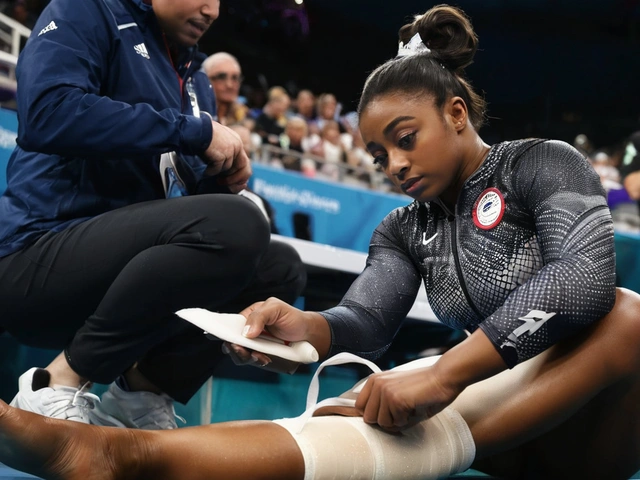Chelsea v Aston Villa Women's Super League: TV Channel, Live Stream, and Kick-Off Time
Sep 21 2024
When talking about design patents, a form of legal protection that covers the visual appearance of a manufactured item. Also known as ornamental design patents, they block competitors from copying the look of products ranging from smartphones to sneakers. Intellectual property, the broader legal framework that includes patents, trademarks, and copyrights provides the foundation for design patents, while the USPTO, the United States Patent and Trademark Office that administers patent filings is the primary agency handling applications. Understanding how ornamental design, the non‑functional visual features of a product differs from utility patents is essential for anyone looking to secure a market edge. This page breaks down the key attributes, typical values, and real‑world impact of design patents, giving you a clear roadmap from concept to enforcement.
Design patents revolve around three core attributes: novelty, non‑obviousness, and distinctiveness. Novelty means no one else has published the exact visual design before the filing date. Non‑obviousness requires that the design isn’t an obvious variation of existing styles, and distinctiveness ensures the look is recognisable as the creator’s work. In practice, a successful filing often includes high‑resolution drawings, precise shading, and detailed descriptions that capture every curve and surface. The value of a design patent can be measured in licensing fees, increased product pricing, or a reduced risk of infringement lawsuits. For example, a footwear company that patents a unique toe‑cap shape can charge premium prices and negotiate licensing deals with competitors eager to adopt the look without legal trouble. Enforcement typically involves monitoring the market for copycat products and, if necessary, filing a patent infringement, legal action taken when another party makes, uses, or sells a product that violates the protected design claim. Successful litigation not only safeguards revenue but also signals to the industry that the design owner takes its rights seriously.
Why does this matter for the stories you’ll find below? The collection showcases how design patents intersect with sports gear upgrades, tech gadget aesthetics, and even cultural products that shape consumer trends. You’ll see examples where a new sneaker silhouette sparked a wave of licensing talks, or how a smartphone’s sleek casing was defended against rivals through a well‑crafted design patent. By grasping the underlying concepts explained here, you’ll be better equipped to appreciate the strategic moves behind each headline, discover practical tips for filing your own designs, and spot opportunities to leverage ornamental protection in your field. Let’s dive into the diverse set of articles that illustrate design patents in action.
A New York jury awards Hermès $133K over unauthorized MetaBirkins NFTs, exposing gaps in U.S. fashion IP protection and prompting calls for reform.

Sep 21 2024

Oct 23 2024

Jul 29 2024

Dec 10 2025

Oct 8 2024